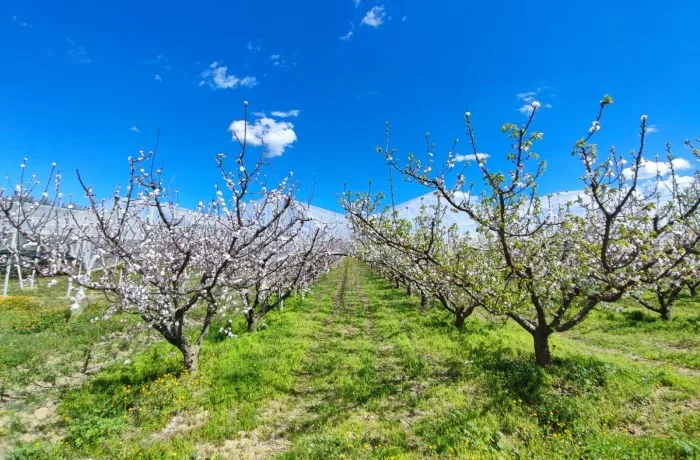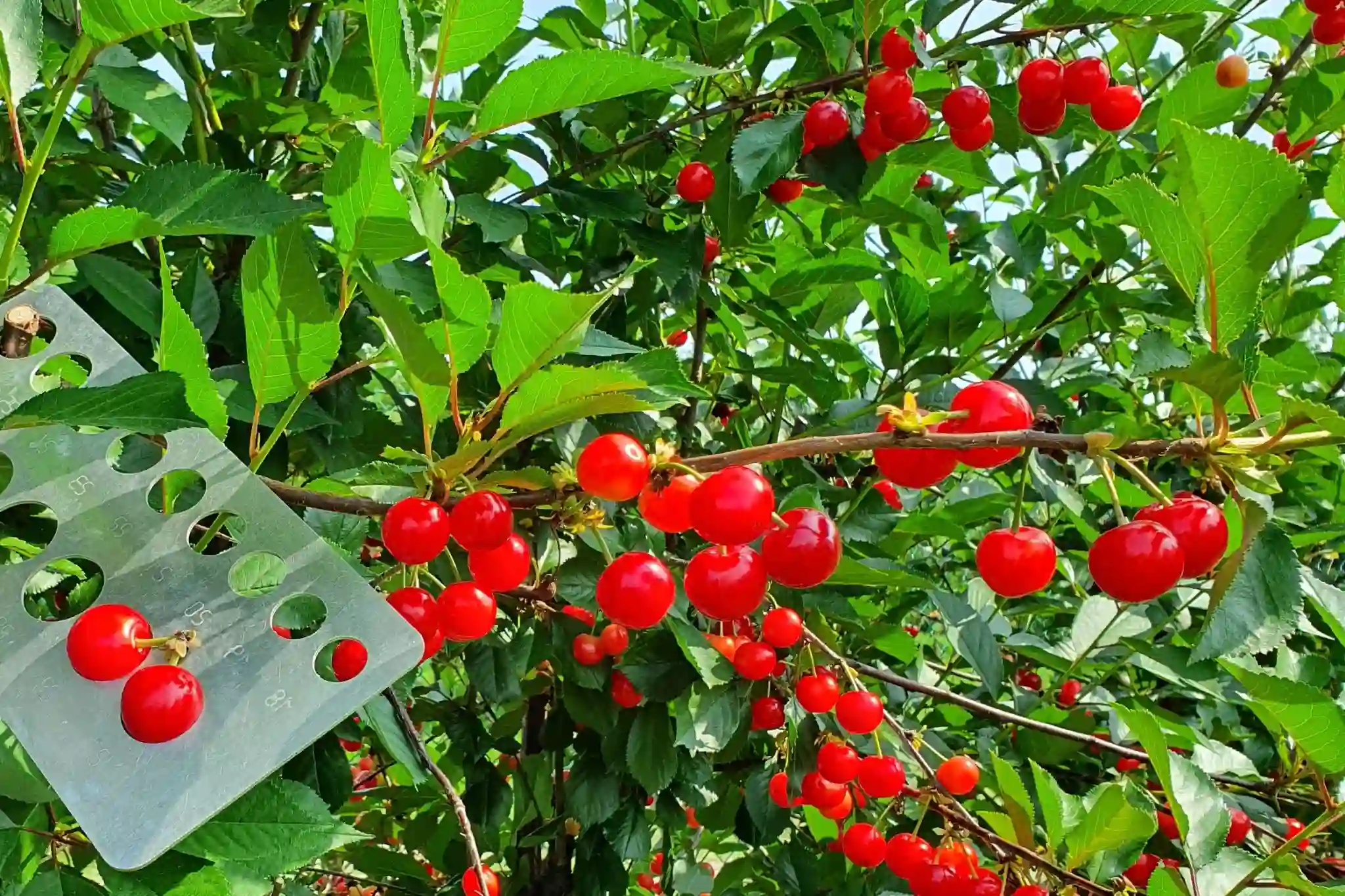Deformed or low-sugar fruit, fruit that crack and changes colour, fruit that is more likely to be damaged by cold and drought as well as worse post-harvest storage are some of the major problems that are preventing the cherry sector from growing positively. Solutions to these problems could lie in genetics through a better understanding of the regulation of key genes involved in growth and ripening processes.
Indeed, both climacteric and non-climacteric fruits have ethylene-related biosynthetic pathways for growth, development, stress responses and post-harvest reactions. The ethylene response factor (ERF) is the last response gene in the ethylene signalling system.
It is thought to control the expression of ethylene-related genes and may modify the production of phytohormones such as ethylene, gibberellins, cytokinins and abscisic acid. Understanding ERFs in sweet cherries is therefore important to understand how the fruit grows and how it reacts to ethylene stress.
The ERF is a key transcription factor found only in plants and is composed of many groups of genes. Given this great variability, scientists are very interested in how different and unique the biological processes are.
The study conducted by research centres located between Yantai and Lhasa (China) identified and examined the ERF group of the sweet cherry in terms of classification, physicochemical properties, structure characteristics, chromosome distribution, gene replication and possible protein interactions.
Preliminary research was also carried out on the transcription of the fruit when cracking appeared on the fruit and then compared with regularly growing fruit. Fifty ethylene response factors (ERFs) were found randomly distributed on eight chromosomes and divided into ten groups with 19 conserved motifs.
Comparison of the similarity with other plant species showed their homology especially with apple (Malus domestica L.) for the highest number of ERF genes. The results helped to better understand gene expression patterns, how ERFs are grouped, their structural characteristics and their historical links to other ERFs.
Researchers also found that nine ERF genes are significantly linked to different growth stages in cherry fruits under normal conditions. The researchers then formulated hypotheses on four classes of transcription factors and 23 probably important structural genes that could work together with these ERF genes during normal fruit growth.
This study is a good starting point to learn more about how ethylene response factors influence fruit growth, development and cracking at the molecular level. Furthermore, this work is the first to examine the whole genome of the ERF group in sweet cherry. This is a very important step towards a better understanding of how ERF genes influence fruit growth, development and cracking.
Source: Wang, Y.; Du, X.; Liu, M.; Li, Y.; Shang, Z.; Zhao, L.; Yu, X.; Zhang, S.; Li, P.; Liu, J.; et al. Genome-Wide Exploration of the Ethylene-Responsive Element-Binding Factor Gene Family in Sweet Cherry (Prunus avium L.): Preliminarily Unveiling Insights into Normal Development and Fruit Cracking. Horticulturae 2024, 10, 247. https://doi.org/10.3390/horticulturae10030247.
Image: Whang et al., 2024
Melissa Venturi
University of Bologna (IT)
Cherry Times - All rights reserved










